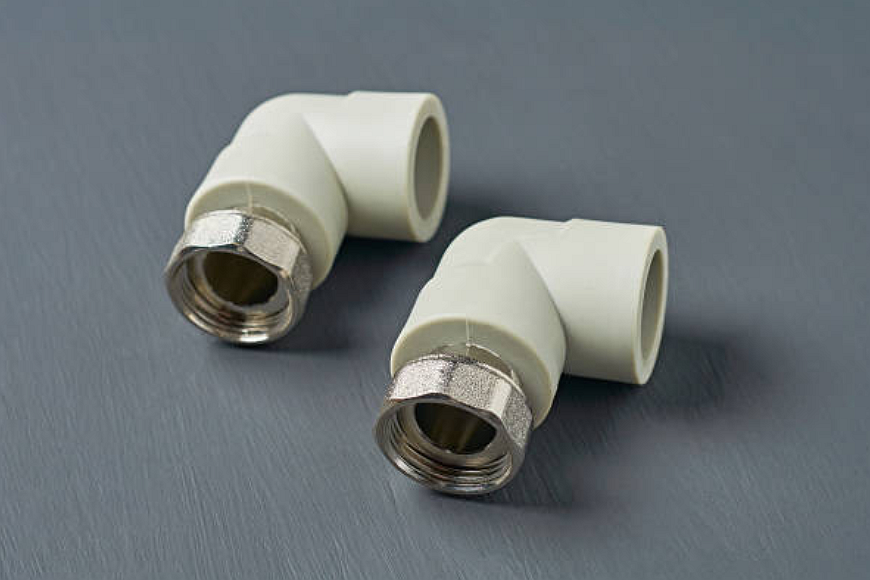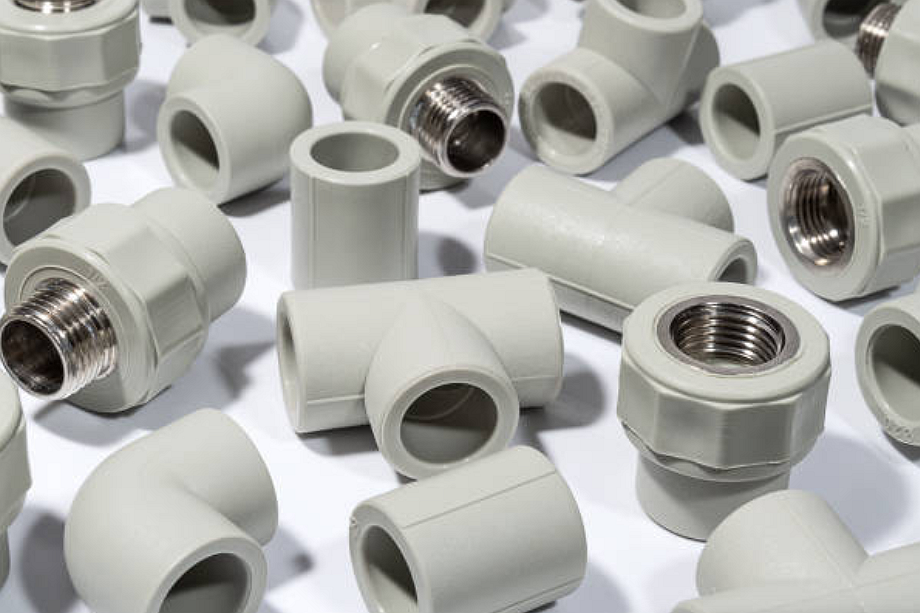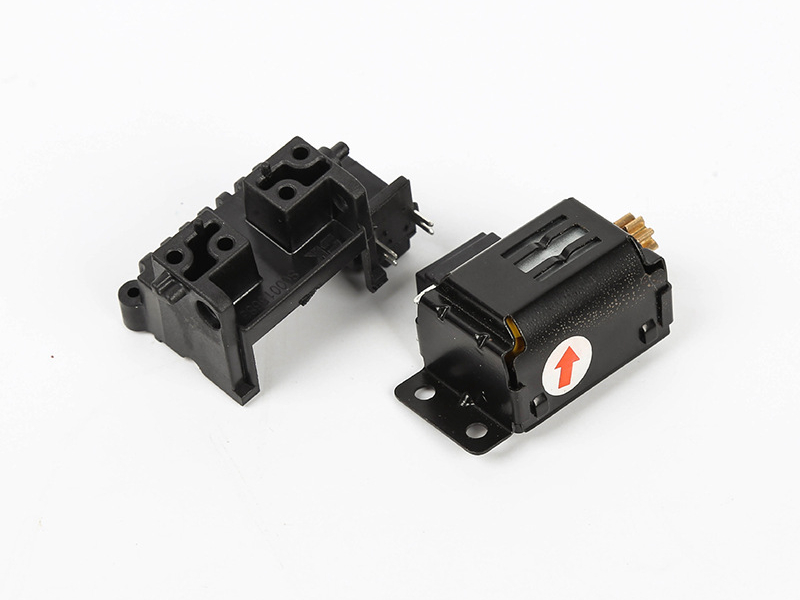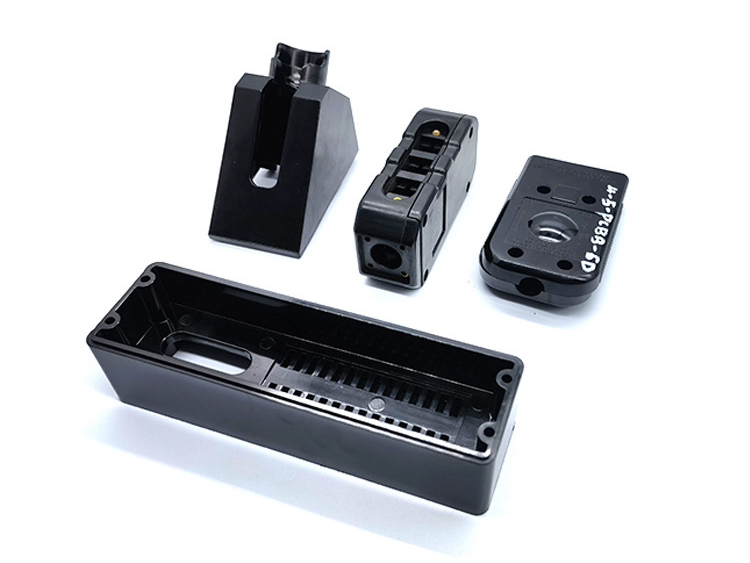What Is the Difference Between Insert Molding and Overmolding?
Insert molding and overmolding are similar but distinct injection molding processes that combine two or more materials into a single part. While both enable multi-material components, there are critical differences between the two methods:

Insert Molding
Insert molding, sometimes called 2-material molding, refers to a process where a separate pre-formed insert or component is placed into an injection mold cavity and then encapsulated or surrounded via the injection molding of a molten plastic resin.
The insert piece may be a metal component, electrical connector, fabric, pre-cut felt, ceramic, or any other pre-fabricated part that needs to be integrated into a plastic housing or structure. The insert is manually or robotically loaded into the mold cavity before injection of the molten resin. The plastic flows around and bonds to the insert, combining the two elements into one part.
Benefits of insert molding
- Combines dissimilar materials into one component
- Enables integration of delicate electronics or pre-wired connectors
- Provides design flexibility and consolidation options
- Allows functional testing of inserts before molding
- No secondary assembly is required after molding
Examples of insert molded parts are electrical connectors encapsulated in housings, metal threaded inserts for plastic, fabric panels integrated into the door trim, etc. Insert molding differs from overmolding in the sequence and automation of the process.
Overmolding
Overmolding, also called two-shot molding or two-material molding, refers to injection molding one resin component directly over a separate pre-molded plastic substrate in sequential operations. It utilizes specialized two-shot injection molding machines.
The steps in overmolding are:
1. The first material is injected into a mold cavity to form the substrate.
2. The substrate is rotated on a platen inside the mold.
3. The second material is injected over the substrate to create the over-molded product.
This fully automates the multi-material molding in one press, often using robotics. Thermoplastic elastomers (TPE) and thermoplastic rubber (TPR) are common overmold materials due to their flexibility and ability to bond with substrates.
Benefits of overmolding
- Combines properties of dissimilar plastics or elastomers
- Consolidates separate components into one
- Provides softer grips and impact resistance
- Allows more significant parts with only small over-molded sections
- Enables two-tone aesthetic effects
- Simplifies production vs. assembly post-molding
Overmolding differs from insert molding in integrating the two materials and level of automation. Overmolding is also limited to materials compatible with injection molding processes.
Similarities Between Overmolding and Insert Molding
While differing in their specific process, overmolding and insert molding share the following key characteristics:
- Allow combining two or more materials into a single component
- Consolidate parts and simplify manufacturing
- Eliminate secondary assembly or joining operations
- Provide design flexibility to engineers
- Improve aesthetics, ergonomics, and functionality compared to single-shot molding
Critical Differences Between Overmolding and Insert Molding
- Insert molding starts with a pre-fabricated insert, overmolding bonds two molded resins
- Inserts are manually or robotically loaded; overmolding is fully automated sequential molding
- Insert molding encapsulates inserts in plastic, overmolding molds plastic over plastic
- Insert molding accommodates non-moldable materials like metal and fabric, overmolding bonds compatible resins
- Insert molding requires compatible resins, overmolding needs adhesion between substrates
Overmolding and insert molding utilize different techniques to achieve multi-material molded components. Both enable consolidated, high-performing part designs not possible with single-shot molding. The processes serve different functions and applications but share the end goal of simplified, optimized products.



